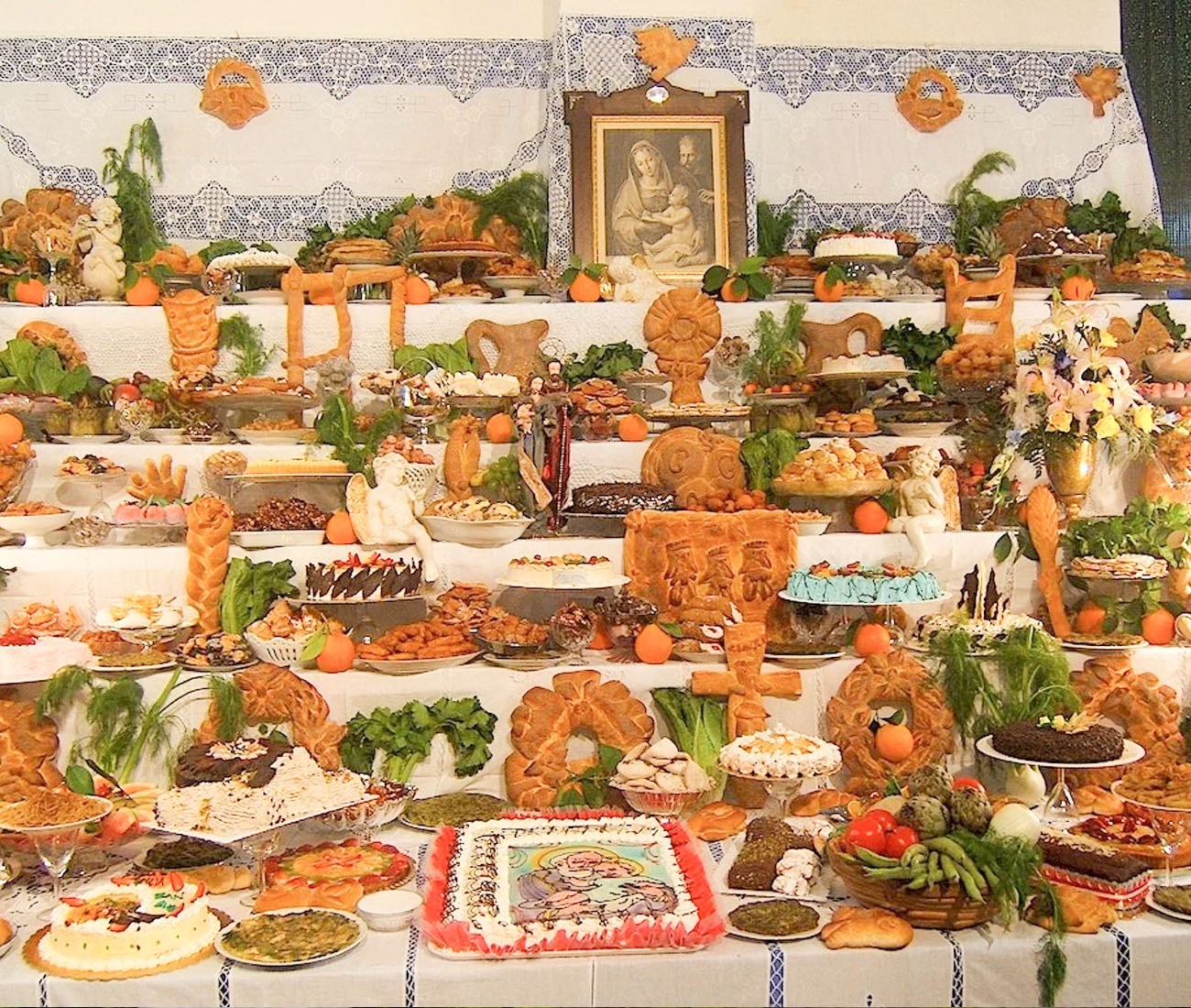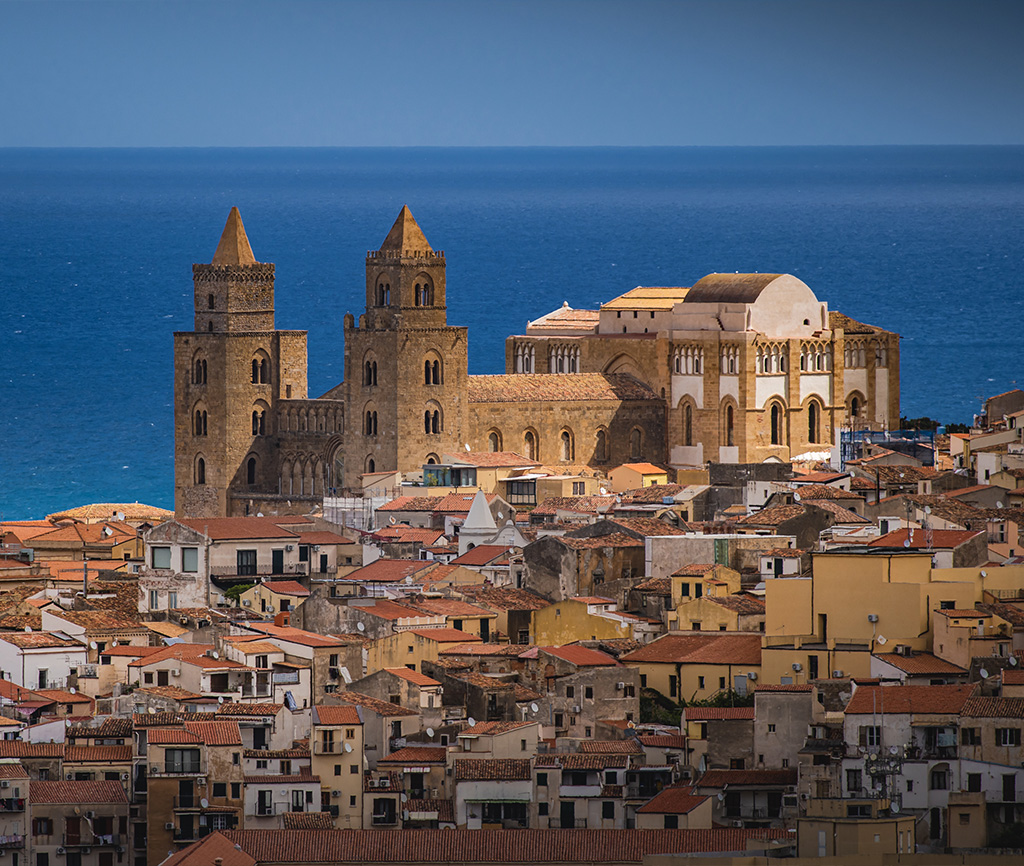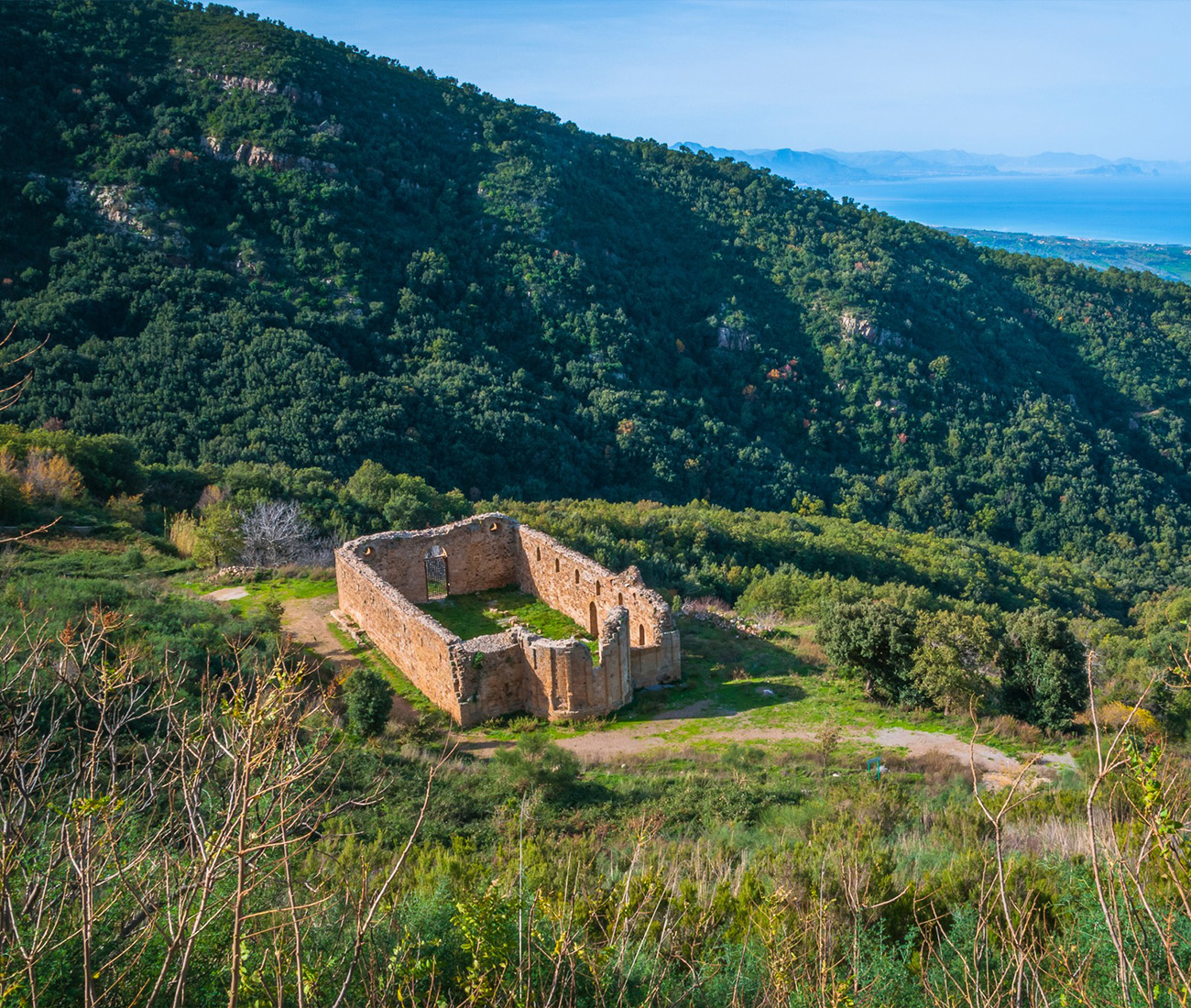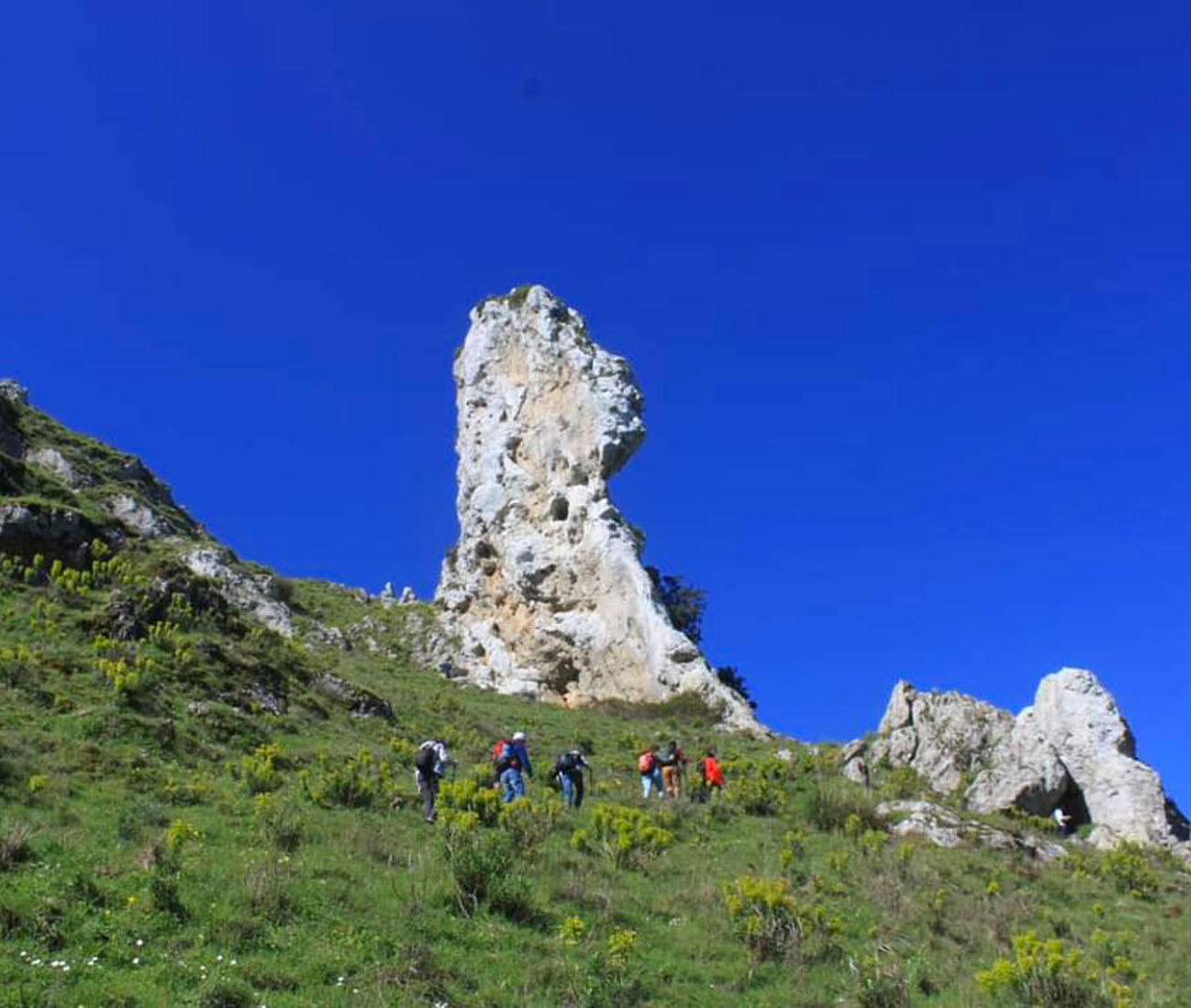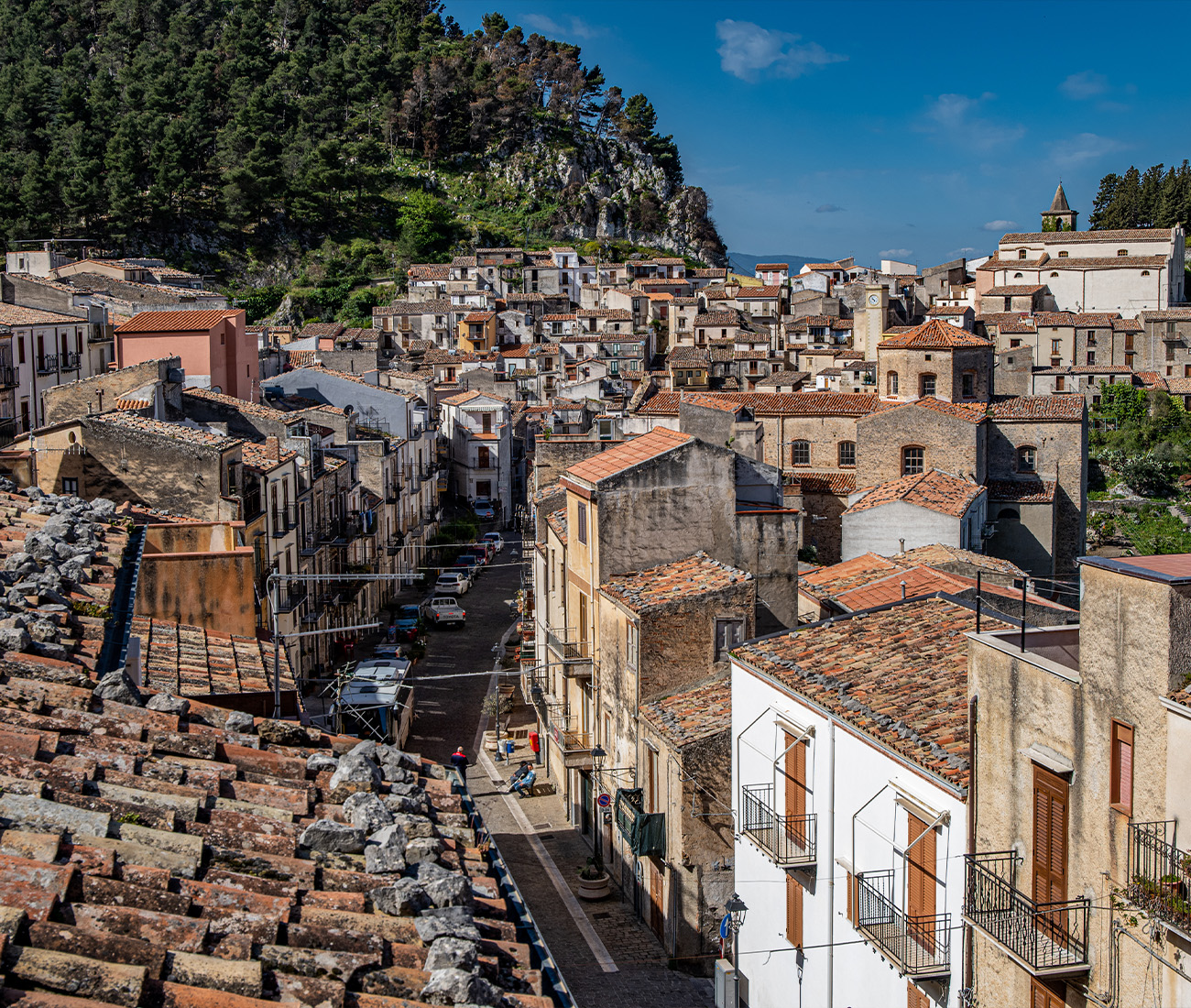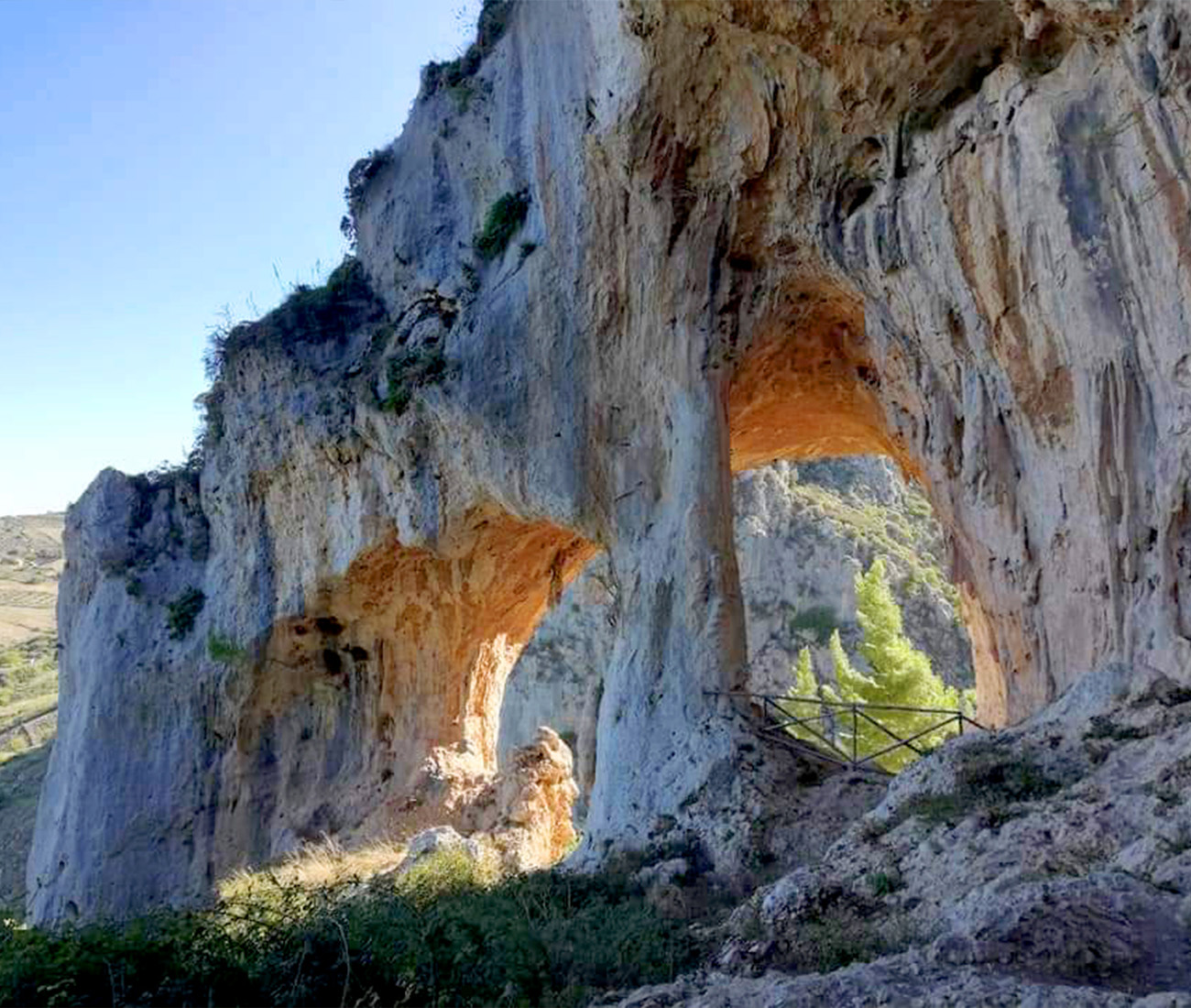
Grattara Cave’s Park and the Fountain of the Ninfa
The first step to start your adventurous tour to the discovery of the Gratteri of the origins is the Main Square which is located in front of the Mother Church. Here, placed in a small villa, there is a stone shell that probably contains the most ancestral history of the ancient “crater” village.
According to ancient descriptions, in fact, Gratteri would take its name from some craters of limestone rocks present in its territory such as that of the Grattàra Cave. These are leaps and cliffs strongly marked by phenomena of karst origin that have given rise to both epigean forms (polje, doline, sinkholes) and hypogea (Ciacca abyss, Puraccia well, Panni cave, Cula cave, Fonda cave, Stefàna cave, Grattàra cave), relevant from a geological and speleological point of view.
It is probable that the spring of the square, named of the Ninfa, could be reconnected in similarity and meaning to that of the Grattàra Cave, formed over the millennia by the perennial dripping of waters considered purgative and restorative and from which the town would probably take the name: “oppidum a Cratere ob perennem stillantem aquam celebri dictum” (R. Pirri, op. cit., Vol. II, p. 829, Palermo 1644).
The Grattàra Cave is an essential part of the history and folklore of the place, because the story goes that it is the the Befana’s home (“a Vecchia Strina”), the protagonist of an ancient fairy tale. Legend has it, in fact, in that fairytale cavern a grim little woman guardian of the cave would reside, who on the last night of the year, evanescent and invisible, came down from the chimneys into the houses of the scratchers to fill the stockings with gifts for the little ones.
This ancient tale is of significant anthropological interest since it would be linked to the ritual exchange of gifts, masks and rites of passage during the winter period to re-establish the cycle of the year and with it the life of the community itself.
The legendary presence of a female entity, guardian of a cave, and of a source of regenerating water, would in fact refer to the symbolic horizon of a millenary myth that could be linked to a primordial indigenous place of worship of chthonic divinities which, according to the ancients, were represented by Nymphs who embodied the spirit of the place: the “Genius Loci“.
Around that fountain we will then tell you a folk tale, that of a local virgin who was left to die for being represented naked in stone. In fact, it is said that in the past this fountain was surmounted by a Nymph, a statue of a completely naked woman who made water gush from her breasts.
Later, crossing the town, we will walk towards the Grattàra Cave Park, at the origins of the toponym Gratteri.
It is accessed from the plateau of San Nicola along a winding but fairly practicable path that winds in a serpentine in the middle of a luxuriant pine forest, up to the small massif called “lazzu di voi” (oxen bed) and from there, for a small flat stretch, you arrive at the Grattàra Cave located about 300 m from the town of Gratteri, whose toponym probably contributed to give the name to the village.
In this regard, the historian Passafiume in the XVII century wrote “… that there is a stone crater, located in the center of the cave, shaped with splendid natural art; this boulder has an internal part of a basin sixteen feet high and ten wide, the top of which is empty like a crater formed by the perennial dripping of the waters ”(Passafiume B., op. cit., 1645).
Access to the source consists of a small natural staircase built by man’s feet over the millennia. In the crevices of its external cornices, which are inaccessible and in which the elk and wild pistachio grow spontaneously, thousands of swallows nest and make the stop of those who visit this place more delightful.
Climbing even higher, we will arrive at the extreme slopes of Pizzo di Pilo, at over 1000 meters above sea level, from where an incredible landscape can be enjoyed.
Find out more details on excursions and itineraries on Visit Gratteri.

